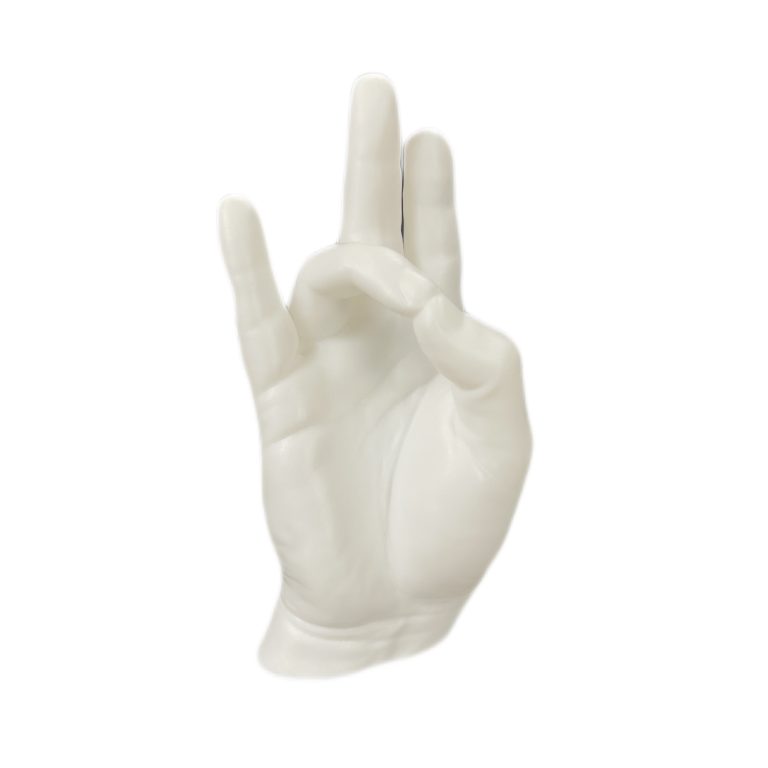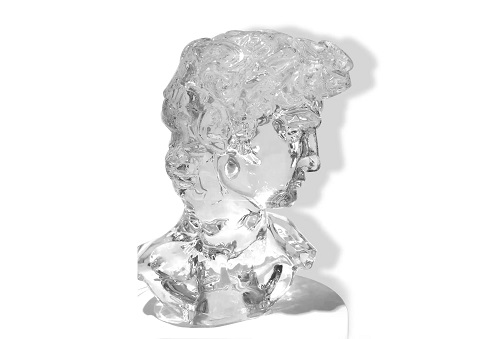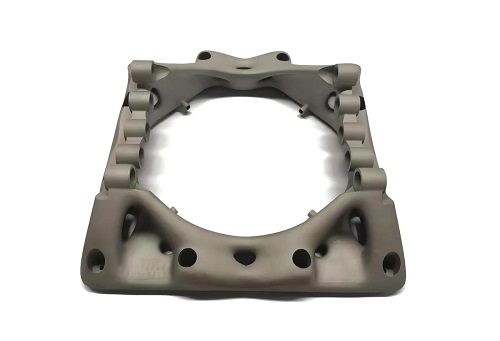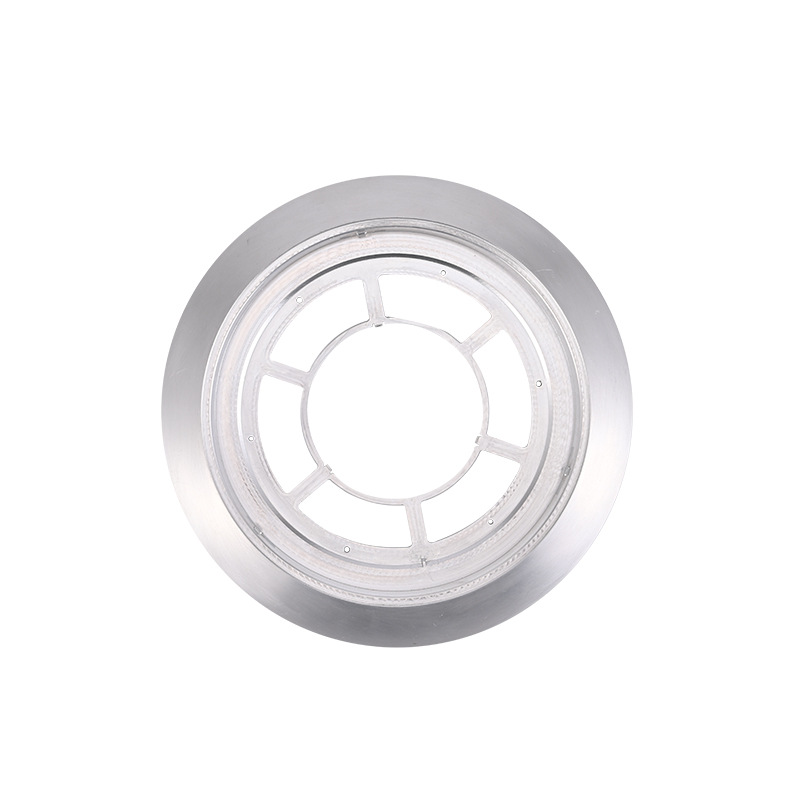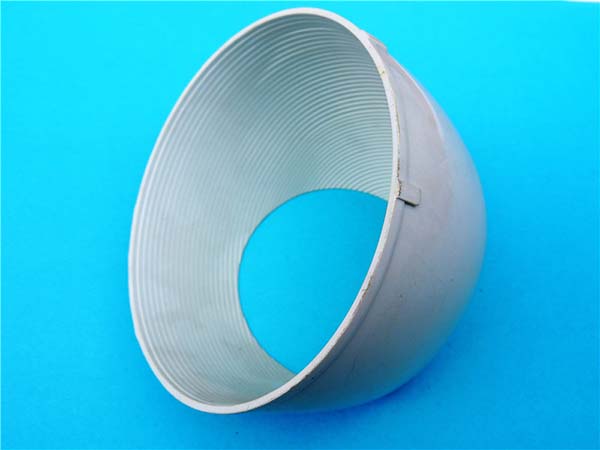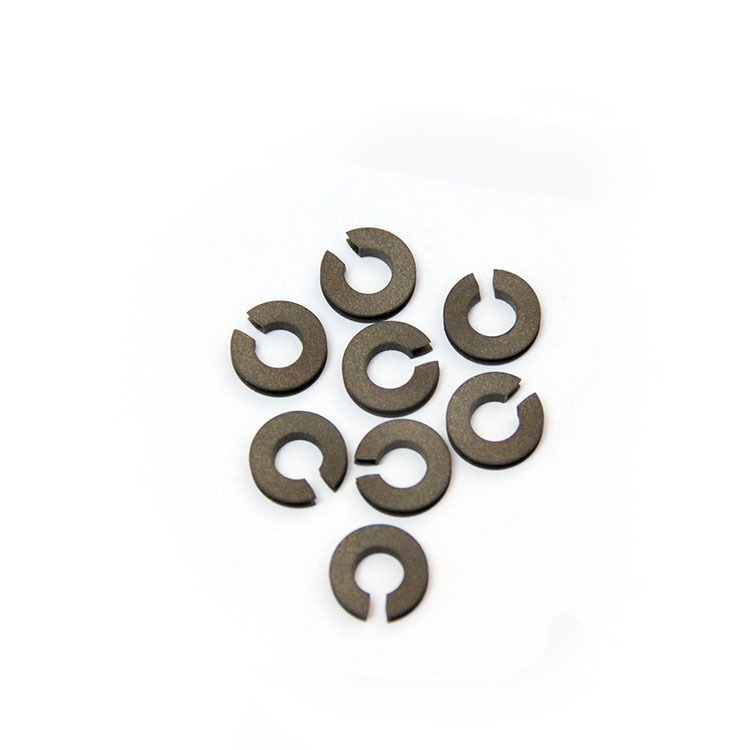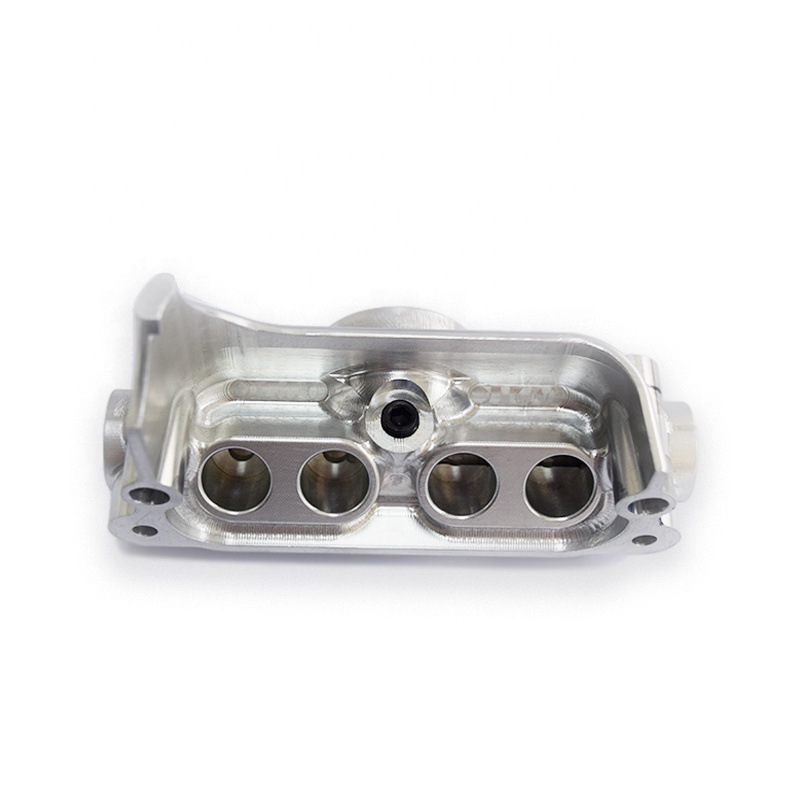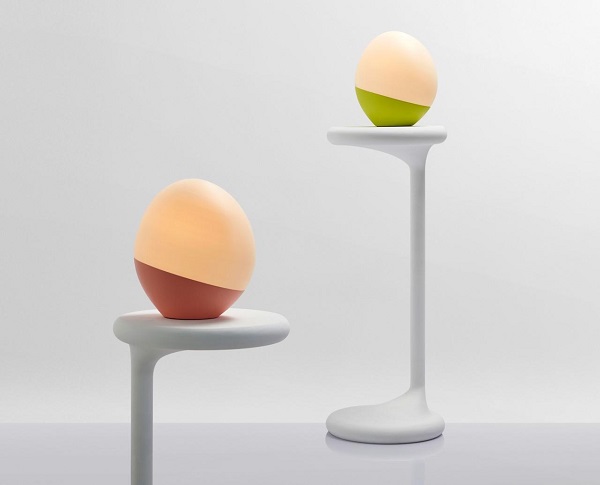3D printed jewelry is revolutionizing the fashion industry by enabling intricate, customizable, and highly unique designs. This cutting-edge technology is making the jewelry creation process faster, more cost-effective, and allowing designers to push the boundaries of creativity. By using various materials like metals, plastics, and resins, 3D printing is not only enhancing the aesthetics but also the functionality of jewelry. Here’s an in-depth look at how 3D printed jewelry is transforming the fashion world.
Introduction to 3D Printed Jewelry
What is 3D Printed Jewelry?
3D printed jewelry involves using additive manufacturing technologies to create jewelry pieces from digital designs. Unlike traditional methods such as casting or carving, 3D printing builds objects layer by layer from materials like metal, resin, and plastic. This allows for complex and highly detailed designs that would be impossible with conventional techniques.
The Evolution of 3D Printed Jewelry
While the concept of 3D printing dates back to the 1980s, it was not until the 2010s that the technology became widely accessible to the fashion and jewelry industries. With rapid advancements, designers have embraced 3D printing for its ability to produce both one-of-a-kind pieces and small-batch collections with ease and precision.
Advantages Over Traditional Methods
Customization and Personalization
One of the standout features of 3D printed jewelry is the ability to fully customize each piece. Designers can easily tweak digital models to adjust sizes, incorporate unique elements, or add personalized engravings. This level of customization is challenging with traditional methods, where changes often require extensive manual work.
Speed and Efficiency
3D printing drastically reduces the time from concept to final product. Designers can rapidly prototype their ideas, test variations, and refine them much quicker than with traditional jewelry-making methods. This is particularly advantageous when responding to market trends or meeting tight deadlines.
Cost-Effectiveness
While the initial cost of 3D printing equipment can be significant, the long-term savings are substantial. The technology reduces material waste, eliminates the need for expensive molds and tooling, and allows for the efficient production of small batches or even one-off pieces, making it an affordable solution for both large manufacturers and independent jewelers.
Intricate and Complex Designs
3D printing allows for the creation of highly intricate and complex jewelry designs that would be difficult, if not impossible, to achieve with traditional methods. Designers can experiment with innovative shapes, textures, and patterns, resulting in truly unique pieces that challenge conventional jewelry design.
The Design Process
Conceptualization and 3D Modeling
The design process begins with brainstorming and conceptualizing ideas. Using computer-aided design (CAD) software, designers create detailed 3D models of their jewelry. Tools like Rhino, Blender, and SketchUp allow for precise design and easy modification of digital representations.
Material Selection
The choice of material is key to both the aesthetics and functionality of the jewelry. Some common materials include:
- Metals: Gold, silver, titanium, and stainless steel are popular for high-end, durable pieces.
- Plastics: Materials like ABS, PLA, and nylon are ideal for prototypes or more affordable lines.
- Resins and Composites: Resins mimic the look of metals or create unique finishes, offering flexibility in texture and appearance.
Production Techniques
Different 3D printing methods are used depending on the material and design complexity:
- FDM (Fused Deposition Modeling): Best for prototypes and low-cost production, FDM is commonly used for plastic-based designs.
- SLA (Stereolithography): Known for precision and fine detail, SLA is ideal for creating intricate designs in resins.
- SLS (Selective Laser Sintering): Uses powdered materials like nylon for creating durable and complex geometries.
- DMLS (Direct Metal Laser Sintering): This method is used for 3D printing metals like titanium and stainless steel, producing high-quality, detailed metal parts.
Applications in Fashion
Customizable Designs for Consumers
3D printed jewelry allows consumers to be more involved in the creation of their jewelry. They can customize designs based on their preferences, from the shape and size to the material and finish. This level of personal involvement not only boosts customer satisfaction but also helps brands differentiate themselves in a competitive market.
Sustainability in Jewelry Making
3D printing promotes sustainability in the fashion industry by reducing material waste. Unlike traditional casting methods, where excess materials are often discarded, 3D printing uses only the material needed to create the piece, making it a more efficient and eco-friendly manufacturing process. Additionally, many 3D printing methods are energy-efficient, further supporting sustainable practices.
Innovative Art and Aesthetics
3D printing opens up new avenues for artistic expression in jewelry design. Designers can experiment with abstract forms, intricate patterns, and mixed-media designs that push the boundaries of traditional jewelry aesthetics. The ability to combine multiple materials and textures in a single piece encourages more experimental and avant-garde designs.
FAQs
Q: Is 3D printed jewelry durable?
A: The durability of 3D printed jewelry depends on the materials used. Metals like gold, silver, and titanium are highly durable and suitable for everyday wear. Plastics and resins are less durable but can still offer sufficient strength for decorative or occasional wear. Proper care can extend the lifespan of all jewelry pieces.
Q: Can 3D printed jewelry be repaired?
A: Minor repairs, such as filling cracks or replacing small broken parts, can often be done using 3D printing technology. However, more significant repairs may require professional help. It’s important to consult a specialist for repair work, especially when dealing with intricate or valuable pieces.
Q: How do I clean my 3D printed jewelry?
A: Cleaning methods vary by material. For metal pieces, use mild soap, water, and a soft cloth or brush. For plastic and resin pieces, a damp cloth followed by a dry one works best. Avoid harsh chemicals or abrasive materials that could damage the surface of your jewelry.
Conclusion
3D printed jewelry is reshaping the fashion industry by offering unprecedented levels of customization, speed, and creativity. Designers now have the freedom to experiment with complex forms and structures, while consumers enjoy more personalized jewelry options. As technology continues to evolve, 3D printed jewelry is poised to become a major force in both the fashion and sustainable design movements, transforming the way jewelry is made and worn.
